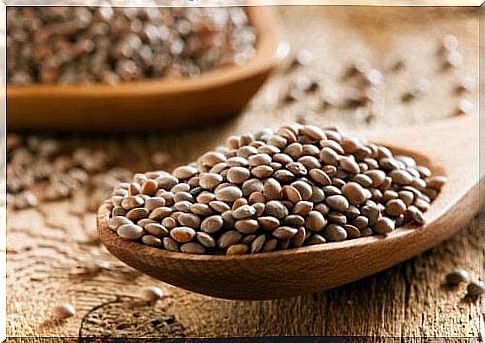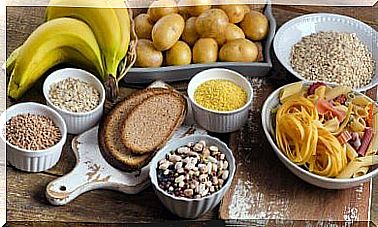4 Ways To Include Legumes In Children’s Diet

Knowing interesting ways to include legumes in children’s diets is essential for all mothers due to the rejection of these foods by little ones. We therefore leave some advice for you to make these foods more attractive to the eyes and taste of children.
It is known that legume dishes provide numerous benefits, such as the important nutrients, fiber and antioxidants they offer. Legumes are one of the staples of the Mediterranean diet and are rich in:
- Iron.
- Vitamins.
- Carbohydrates.
- Fibers.
- Proteins.
As such, they are the perfect choice to provide the energy needed for your children’s daily activities. We can prepare pulses in many ways: roasted, dried, boiled or fried.
From a nutritional point of view, they are excellent foods for children’s health.
It is advisable to introduce legumes into the diet of children from 10 months onwards. From the age of one, the little ones can already eat any type of legume, two to three times a week.
As with any new food, it can be difficult to convince your children to try it, even though it is so rich and nutritious. So, here are some recommendations that can help introduce legumes into children’s diets.
4 ways to include legumes in children’s diets
Here are 4 ways to include legumes in your children’s diet to encourage your children to eat healthier.
1.- In the soup
Soups are generally very well received by children. So you can start introducing legumes by including them in the soup preparation.
Also, lentils, beans and peas, when cooked, are easy to mix in soup, with meats and even sauces. Legumes will add flavor, thicken soups and add important nutrients.

2.- As a follow-up
The humus puree made with chickpeas is well known today. But you can also make pâtés from olives, artichokes, red peppers or even carrots. They are ideal for eating with toast for an afternoon snack.
In addition to humus and pâtés, it is possible to prepare different sauces with beans, lentils and spices.
3.- In the noodles
A classic in Italian cuisine called pasta e fagioli is a simple noodle recipe that includes beans. Italian cuisine can also help us introduce our children to the taste of pulses. Another good example is pasta with pesto sauce. Especially if you add a touch of Parmesan cheese.
Finally, you can also add legumes to pasta salads. This way, there is the option to assemble the dish as you wish.
4.- Like meatballs or hamburgers
Meatballs are very popular with children . You can substitute lentils, beans, or a combination of both for meat.
Another option for introducing legumes into children’s diets is Lebanese falafels, a well-known way of making chickpea croquettes.
Also, you can include legumes in different sauces or sandwiches. For example, a good choice are the bean or chickpea burgers, which your child is sure to love.

Other advice
- attention to texture
Many children hate the sticky texture of some pulses. If you use them dried instead of canned, they will have a much nicer texture . It is recommended to leave the legumes immersed in water overnight before cooking.
- Involve your child in the preparation
By involving children in meal preparation, you can spark their interest and make the time to try new foods easier. Taking your child to the supermarket will also allow her to choose the pulses she would like to eat.
- Use your imagination
Finally, we recommend that you get creative and use your imagination to find different ways to include legumes in your child’s diet. You know him well and you’ll know the best way to get his attention!
After all, it’s about presenting a more pleasant version of the dishes in order to stimulate the child’s imagination so that they have more desire to try new foods.
It may be that at first she rejects. But don’t throw in the towel! You will soon find ways to include legumes in children’s diets.








